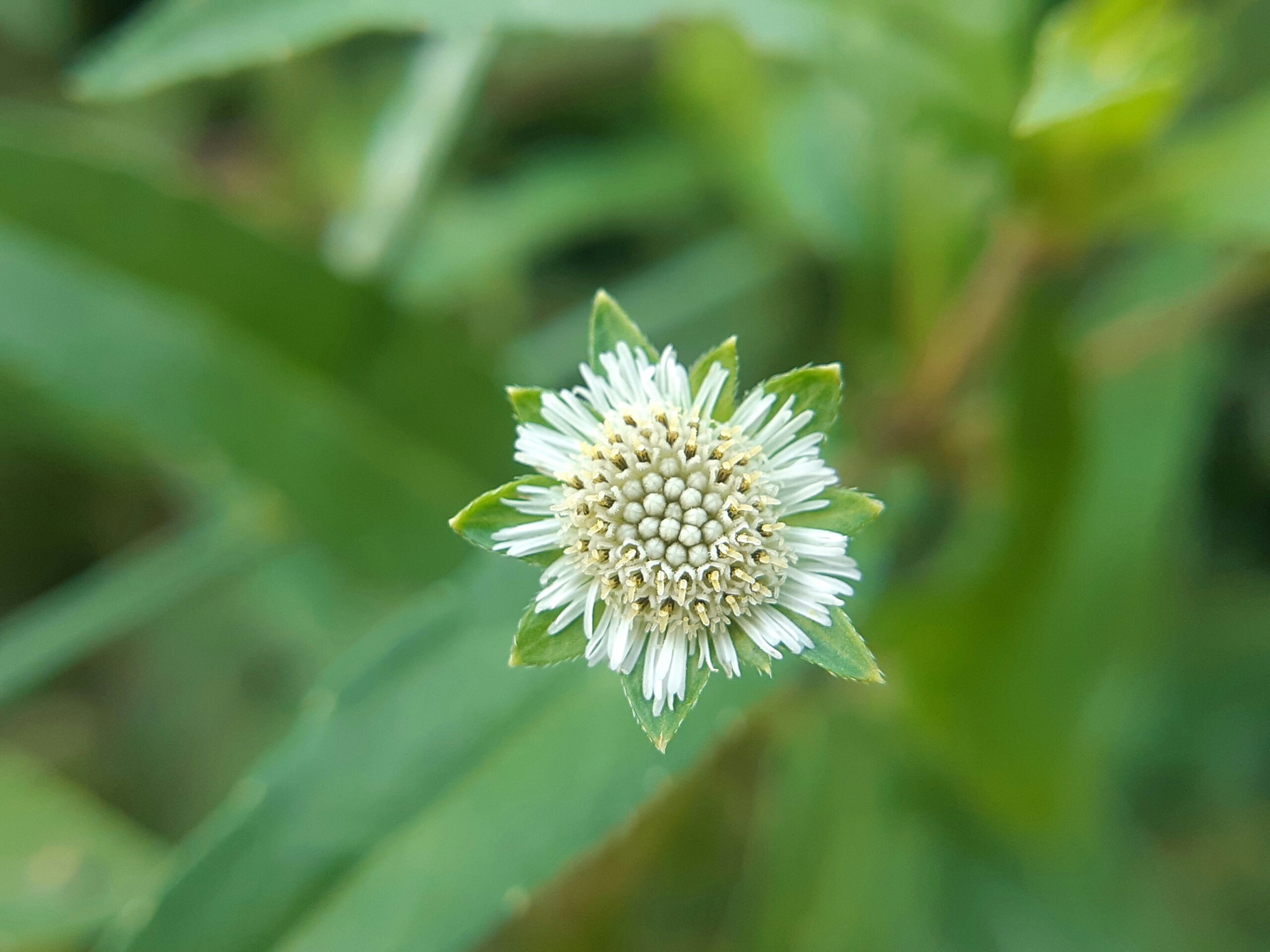Indonesia, with its rich cultural heritage and diverse natural resources, is a treasure trove of traditional healing practices. These age-old remedies have been passed down through generations and continue to play a significant role in the lives of many Indonesians. One such practice is the use of Jamu, a traditional herbal medicine that has been used for centuries to treat various ailments.
What is Jamu?
Jamu is a traditional Indonesian herbal medicine made from a combination of natural ingredients such as roots, leaves, flowers, and seeds. It is believed to promote overall health and well-being by balancing the body’s energy and restoring harmony. Jamu is typically prepared by traditional healers, known as “dukun,” who have extensive knowledge of the medicinal properties of various plants.
These healers carefully select and combine different herbs to create specific remedies for different health conditions. The recipes for Jamu are often passed down within families or kept as closely guarded secrets by the healers themselves.
The Benefits of Jamu
Jamu is known for its wide range of health benefits. It is believed to boost the immune system, improve digestion, detoxify the body, and alleviate common ailments such as coughs, colds, and headaches. Some varieties of Jamu are also used to promote fertility, enhance libido, and improve overall vitality.
One of the key advantages of Jamu is its natural composition. Unlike modern pharmaceutical drugs, which often come with a list of potential side effects, Jamu is made from natural ingredients and is generally considered safe for consumption. However, it is always advisable to consult with a qualified practitioner before using any herbal remedies.
Other Traditional Healing Practices in Indonesia
While Jamu is perhaps the most well-known traditional healing practice in Indonesia, there are several other remedies and practices that are deeply rooted in the country’s culture and history.
1. Kerokan
Kerokan is a traditional healing technique that involves scraping the skin with a coin or a spoon to relieve muscle tension and improve blood circulation. It is believed to help alleviate headaches, colds, and muscle aches.
2. Urut
Urut is a traditional Indonesian massage technique that focuses on applying pressure to specific points on the body to promote relaxation and relieve muscle tension. It is often used to treat common ailments such as back pain, joint pain, and fatigue.
3. Gendong
Gendong is a traditional practice of carrying infants or young children using a cloth sling. This practice is believed to promote bonding between the caregiver and the child and provide comfort and security for the child.
4. Mandi Lulur
Mandi Lulur is a traditional Javanese beauty treatment that involves scrubbing the body with a mixture of rice powder, turmeric, and other natural ingredients. It is believed to exfoliate the skin, remove dead cells, and leave the skin glowing and refreshed.
Preserving Traditional Healing Practices
While modern medicine has made significant advancements in treating various health conditions, traditional healing practices still hold a special place in Indonesian culture. These practices not only provide physical healing but also contribute to a sense of community and cultural identity.
Efforts are being made to preserve and promote traditional healing practices in Indonesia. Traditional healers are being recognized for their knowledge and expertise, and there is a growing interest among the younger generation in learning about these practices.
Additionally, the Indonesian government has taken steps to regulate the production and distribution of Jamu to ensure its safety and quality. There are now dedicated Jamu centers and museums where visitors can learn about the history and benefits of this traditional herbal medicine.
Conclusion
Traditional healing practices, such as Jamu and other remedies, are an integral part of Indonesian culture. They offer a holistic approach to health and well-being, drawing on the abundant natural resources of the country. Whether it’s the soothing properties of Jamu or the therapeutic techniques of Kerokan and Urut, these practices continue to provide comfort and healing to many Indonesians.
As we navigate the complexities of modern healthcare, it is important to recognize and appreciate the wisdom of traditional healing practices and their contribution to our overall well-being.

